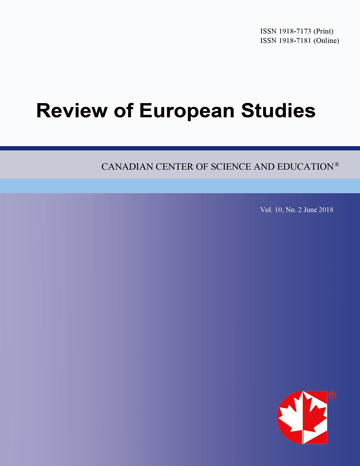Income Distribution and Human Trafficking Outflows
- Cassandra E. DiRienzo
- Jayoti Das
Abstract
This study seeks to close the gap between the theoretical rationale for the role of income inequality in human trafficking and lack of empirical evidence supporting this relationship. It is argued that differences in income, especially the income of the poorest in the population, is a significant push factor encouraging individuals to undertake risky migration. Nonetheless, the Gini coefficient, which is typically used in human trafficking research, does not accurately capture the theoretical rationale for why difference in population income, especially the income of the poorest in the population, should matter. A different metric for measuring income inequality – one that is tied to the theoretical underpinnings -- is introduced. Empirical evidence supporting the role that income plays on the poorest in the population on human trafficking outflows is offered. Specifically, as the poorest in the population become marginally better off, there is an increase in human trafficking outflows at the country level.
- Full Text:
 PDF
PDF
- DOI:10.5539/res.v10n2p28
Index
- ACNP
- CNKI Scholar
- DTU Library
- Elektronische Zeitschriftenbibliothek (EZB)
- EuroPub Database
- Excellence in Research for Australia (ERA)
- Genamics JournalSeek
- Google Scholar
- Harvard Library
- HeinOnline
- Infotrieve
- JournalTOCs
- Mir@bel
- Open policy finder
- RePEc
- ResearchGate
- ROAD
- Scilit
- Technische Informationsbibliothek (TIB)
- The Keepers Registry
- Universe Digital Library
- WorldCat
Contact
- Paige DouEditorial Assistant
- res@ccsenet.org
